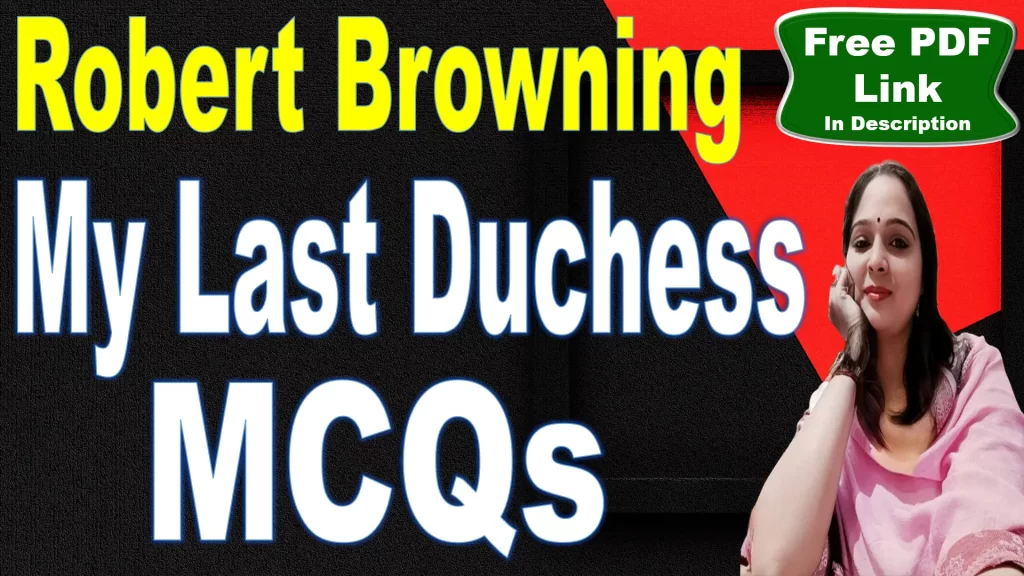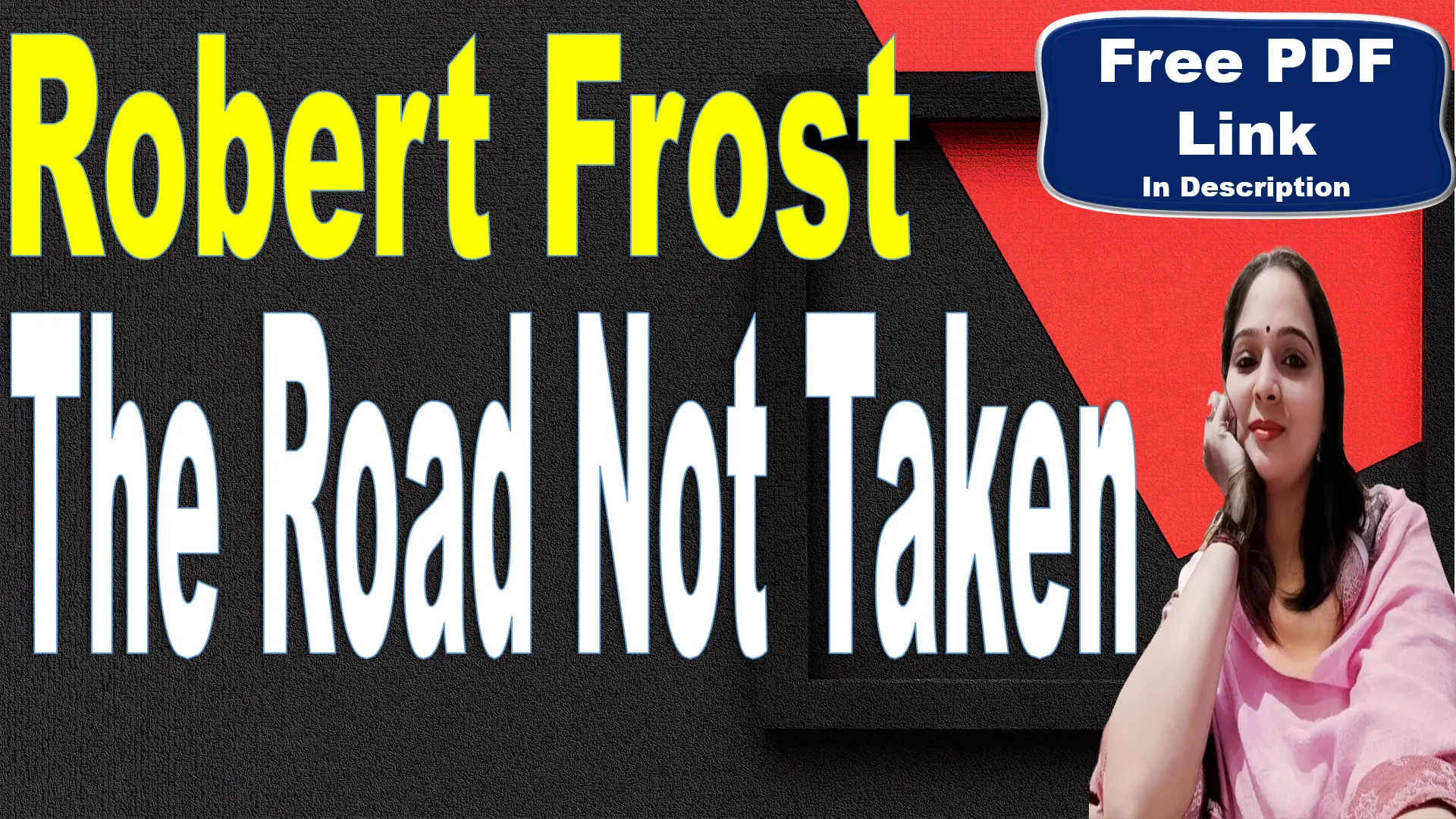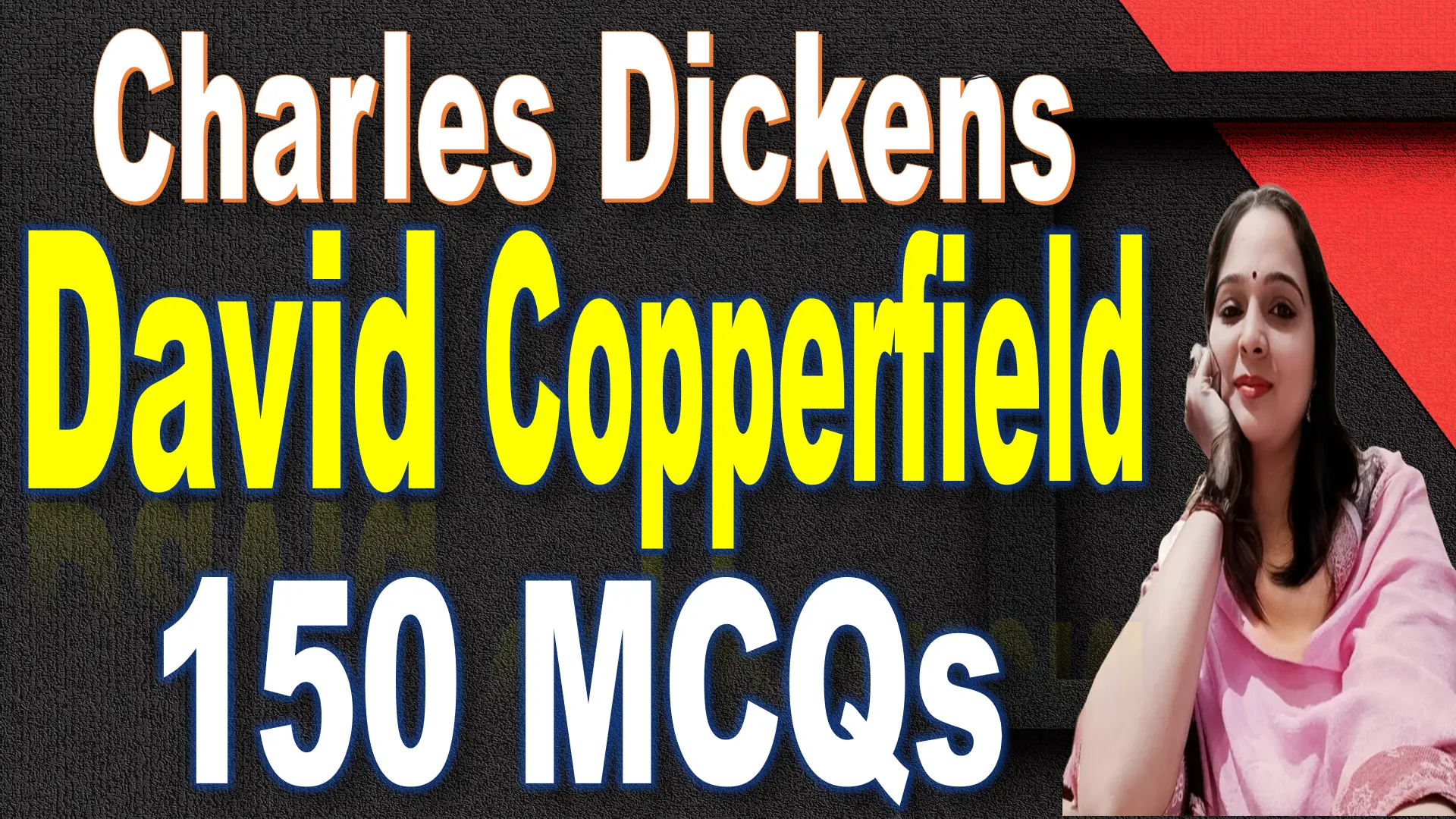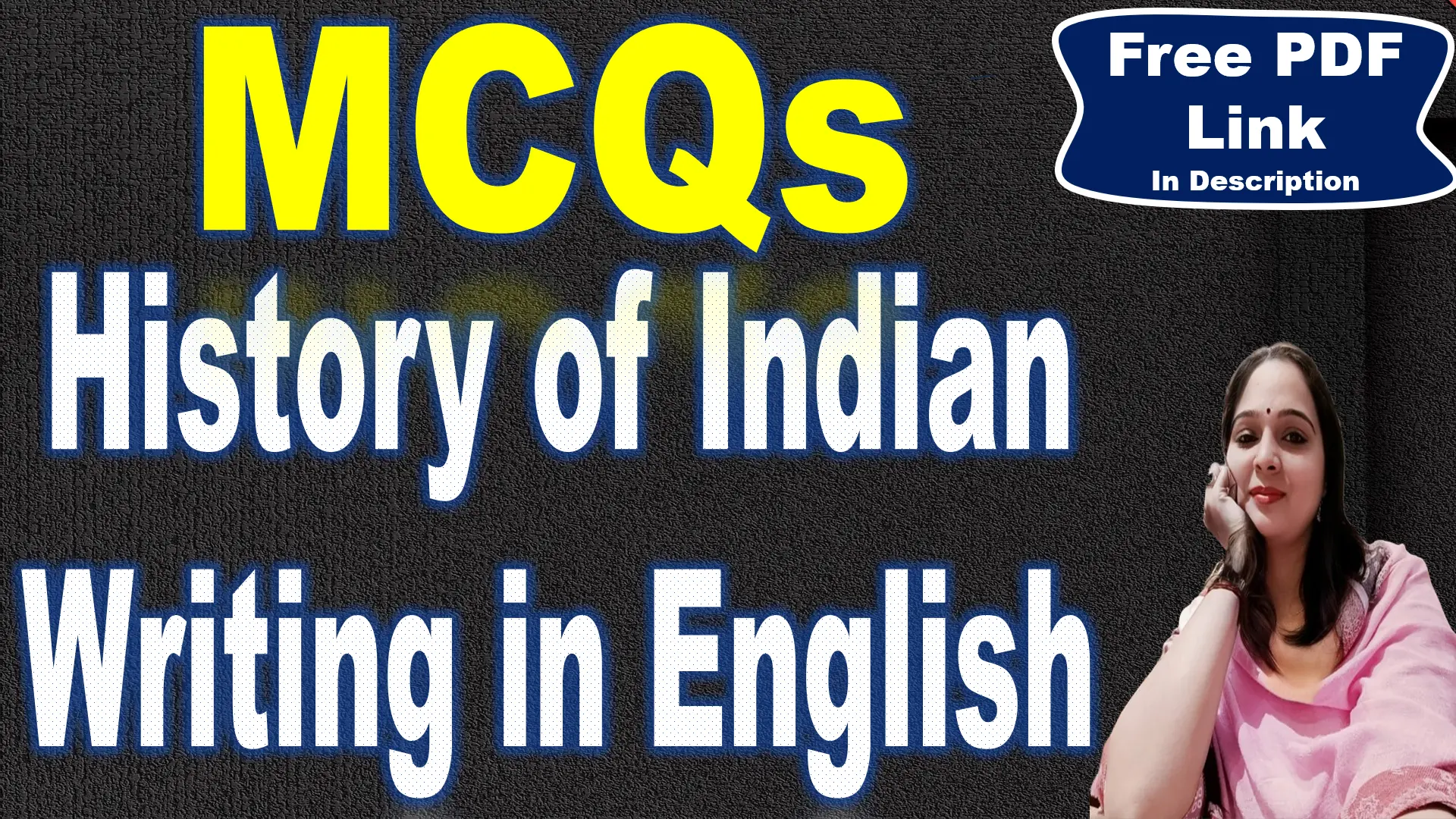
51. What does the Duke imply about the Duchess’s personality?
A. She was independent and assertive.
B. She was kind but naive.
C. She was manipulative and deceitful.
D. She was distant and indifferent.
Answer: B. She was kind but naive.
Explanation: The Duke implies that the Duchess was kind but naive, easily pleased by simple things and unaware of the social hierarchy. He sees her innocence and warmth as flaws, viewing her lack of discernment as a failure to recognize his superior status. His bitterness stems from her failure to live up to his high expectations of exclusivity and reverence.
52. Why does the Duke mention “officious fool” in the poem?
A. To show his irritation with servants who pleased the Duchess
B. To praise the Duchess’s admirers
C. To highlight the Duchess’s loyalty
D. To describe the artist Fra Pandolf
Answer: A. To show his irritation with servants who pleased the Duchess
Explanation: The Duke refers to the “officious fool” who gave the Duchess the bough of cherries, expressing irritation with those who interfered in his relationship with her. The phrase reflects his frustration with people who, in his view, contributed to the Duchess’s perceived flaws by making her happy in ways that did not cater to his sense of control.
53. How does Browning use irony in the Duke’s description of the Duchess?
A. By showing the Duke’s admiration for her beauty
B. By highlighting the contrast between the Duchess’s innocence and the Duke’s criticism
C. By depicting the Duke as regretful
D. By showing the Duke’s lack of control
Answer: B. By highlighting the contrast between the Duchess’s innocence and the Duke’s criticism
Explanation: Browning uses irony in the Duke’s description of the Duchess by contrasting her innocent warmth with his harsh criticism. The Duke criticizes her for being joyful and generous, qualities typically admired, yet he perceives them as flaws. This irony exposes the Duke’s warped sense of entitlement and control, as he sees his own desires as more important than her natural expressions of kindness.
54. Which statement best reflects the Duke’s main complaint about the Duchess?
A. She lacked intelligence.
B. She treated everyone equally and didn’t prioritize him.
C. She didn’t love him.
D. She ignored his gifts.
Answer: B. She treated everyone equally and didn’t prioritize him.
Explanation: The Duke’s main complaint is that the Duchess treated everyone with the same warmth and affection, which he interpreted as a failure to recognize his superior status. He wanted her attention to be reserved solely for him, and her failure to prioritize him over others became one of the primary sources of his dissatisfaction and anger.
55. Who wrote My Last Duchess?
A. Percy Bysshe Shelley
B. William Wordsworth
C. Robert Browning
D. Alfred Lord Tennyson
Answer: C. Robert Browning
Explanation: My Last Duchess was written by Robert Browning, one of the key poets of the Victorian era. Known for his mastery of the dramatic monologue, Browning explores psychological depth and complex human emotions. In this poem, the Duke of Ferrara reveals his controlling and possessive nature while discussing the portrait of his late wife, inadvertently exposing his flaws and dark traits, typical of Browning’s style.
56. What is the primary poetic form used in My Last Duchess?
A. Dramatic monologue
B. Lyric
C. Ode
D. Ballad
Answer: A. Dramatic monologue
Explanation: The poem My Last Duchess is written in the form of a dramatic monologue, a genre where a single speaker addresses an implied listener, revealing their inner thoughts and emotions. Through this form, Browning effectively exposes the Duke’s psychology, as the Duke speaks about his late wife in a seemingly casual manner, revealing his jealousy and possessiveness. The Duke’s unwitting disclosure of his dark nature highlights Browning’s skill in character portrayal.
57. What does the use of enjambment in the poem achieve?
A. It creates a sense of urgency and continuity.
B. It breaks the rhythm of the poem.
C. It emphasizes key words.
D. It adds pauses for dramatic effect.
Answer: A. It creates a sense of urgency and continuity.
Explanation: Browning uses enjambment (where lines run into the next without a pause) to mirror the Duke’s continuous flow of thoughts, reinforcing his obsessive and compulsive nature. This technique creates a sense of urgency, as the Duke speaks without interruption, revealing his emotions and attitudes about his late wife and her portrait. It contributes to the poem’s conversational tone, making the Duke’s monologue feel like an unfiltered stream of consciousness that lacks self-awareness.
58. What is the tone of the poem My Last Duchess?
A. Nostalgic
B. Suspenseful
C. Controlling and arrogant
D. Romantic
Answer: C. Controlling and arrogant
Explanation: The tone of My Last Duchess is primarily controlling and arrogant. The Duke speaks with condescension, revealing his superiority complex and desire to dominate. He expresses anger and frustration over the Duchess’s failure to meet his high standards of exclusivity and respect. His tone conveys an underlying sense of entitlement, as he believes his noble status should have been enough to earn her total devotion. This arrogance is central to understanding the Duke’s character.
59. The phrase “spot of joy” is an example of which poetic device?
A. Alliteration
B. Symbolism
C. Onomatopoeia
D. Oxymoron
Answer: B. Symbolism
Explanation: The phrase “spot of joy” symbolizes the Duchess’s warmth and innocence. She is described as someone who easily finds happiness in simple things, like nature, smiles, and kindness. To the Duke, however, this is seen as a flaw, as he wants her joy to be exclusively reserved for him. The “spot of joy” becomes a symbol of her perceived shortcomings in his eyes, representing her failure to conform to his possessive demands.
60. How is irony used in My Last Duchess?
A. The Duke’s pride exposes his flaws.
B. The Duchess’s joy is portrayed as a fault.
C. The Duke claims humility while revealing arrogance.
D. All of the above
Answer: D. All of the above
Explanation: Irony is a key feature of My Last Duchess. The Duke’s pride exposes his flaws, as he presents himself as a cultured and noble man while revealing his arrogance and cruelty. The Duchess’s joy is portrayed as a fault, even though it is a natural expression of innocence. The Duke also claims humility while demonstrating his egotistical nature and controlling behavior. These layers of irony expose the Duke’s true character, making his speech unintentionally revealing.






Very interesting topic, regards for posting.